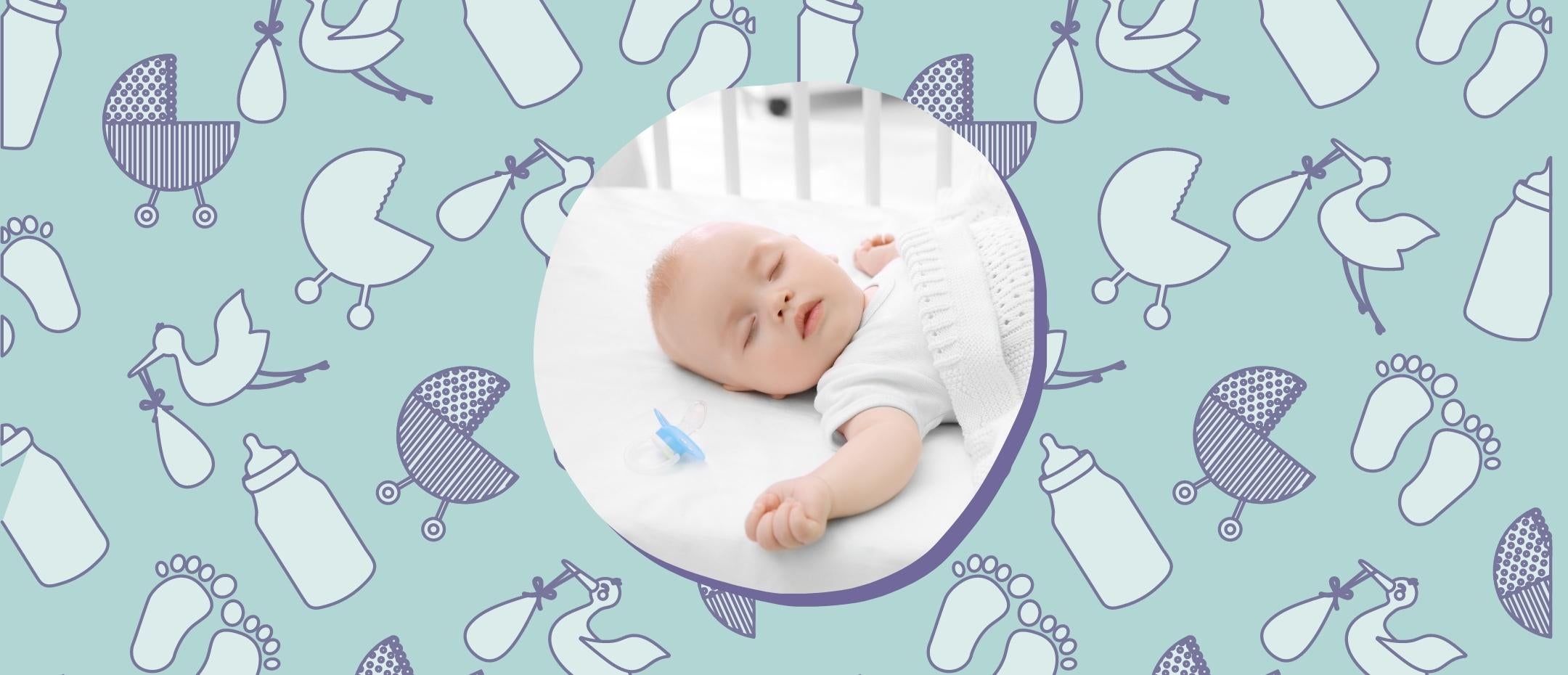In the first year of life, a baby sleeps 14 to 20 hours a day. Taking up a good part of their day, the quality of a baby's sleep is essential to their growth and learning! To promote the comfort and depth of this precious sleep, the baby's mattress must be chosen with care.
Are you wondering what to choose between a foam or spring mattress for your baby? Polysleep sheds light on the main elements to consider!
The Importance of Choosing the Right Baby Mattress
To ensure the quality of your baby's sleep, so precious to his growth, consider not only his comfort, but also his health and safety. The quality, composition, firmness and size of the mattress are essential criteria for choosing a baby mattress.
Foam or Springs: What to Choose for a Baby Bed?
The composition of the baby mattress is the most important element to consider in your choice. The two main choices, the foam mattress or the spring mattress, represent different characteristics:
Spring Mattresses
Less common, the innerspring baby mattress is made of foam, metal springs and padding. This type of mattress has the advantage of being naturally ventilated and durable. However, it is less interesting for a baby.
It has the disadvantage of being heavy, difficult to transport and generally more expensive.
If you choose a pocket spring mattress over a foam one, look for those with a high spring count (at least 150).
Foam Mattresses
More commonly used for baby cribs, the foam mattress has several advantages. It is light, easily transportable and comfortable. In addition, it is mostly more affordable. However, make sure you choose a quality foam!
For a high quality baby mattress, we recommend a ventilated viscoelastic hybrid foam (a variation of polyurethane foam). This type of high-density foam offers excellent body support and is treated against microbes in a non-toxic way. In addition, it is composed of open cells to ensure optimal air circulation of the mattress.
The baby foam mattress offers excellent value for money, is comfortable and safe for the health of babies!
How to Choose a Crib Mattress?

Now that you know the differences between foam and innerspring baby mattresses, here are the different criteria to consider when choosing your mattress:
-
Composition of the Mattress
On the cover side, make sure the fabric is made of organic fibers, using only baby-safe treatments. For example, CertiPUR-US certified mattresses indicate that the foam used is free of ozone-depleting substances and ensures good air quality.
Also look at the mattress cover. Choose water-resistant and breathable materials!
-
Firmness
Given the small size of a baby, a baby mattress should be much firmer than an adult mattress. The firmness helps support the little one while he sleeps and offers him better comfort, in addition to avoiding any risk of suffocation.
Also remember to choose the right density of foam. Choose mattresses with a density of 1.5 to 2 lbs/ft3.
-
Mattress Size
When choosing a mattress, whether it's foam or innerspring, also consider the size of your baby's bed. Most baby mattresses have a standard size that fits all beds.
According to typical North American bed sizes, the baby mattress size should be at least 27 ¼" wide and 51 ¼" long.
Regarding the thickness, it is recommended not to exceed 6".
When installed in the crib, make sure that the side of the mattress is adjusted to the contours of the crib. According to safety standards, there should be no more than 3 centimeters of space.
Promote a Soft, Deep and Comforting Sleep

Foam or spring, the best mattress is the one that favors comfort, support and health of your baby! Choose a mattress whose composition, firmness and size correspond to your child's bed and needs.
Handcrafted in Montreal, the Polysleep Baby Mattress is made with healthy and durable materials, following the highest quality standards! Designed to support the growth of toddlers and offer them optimal comfort, it is 100% baby approved.










